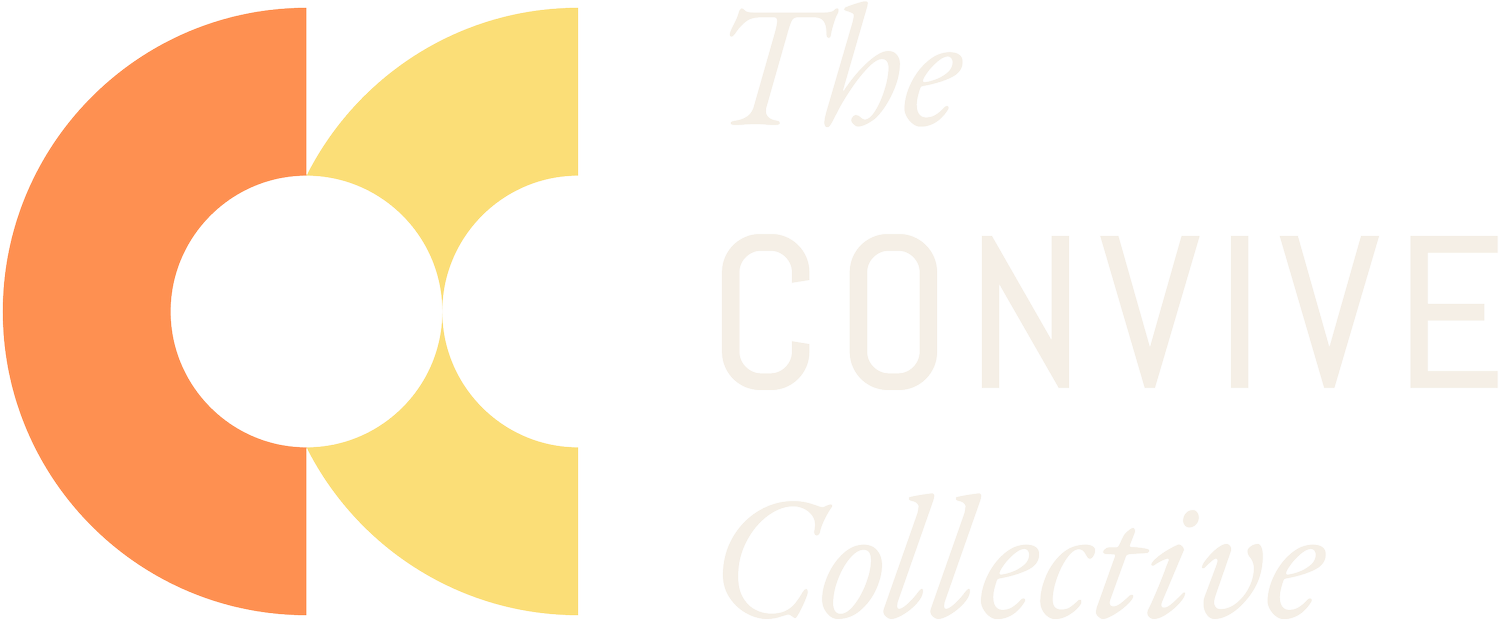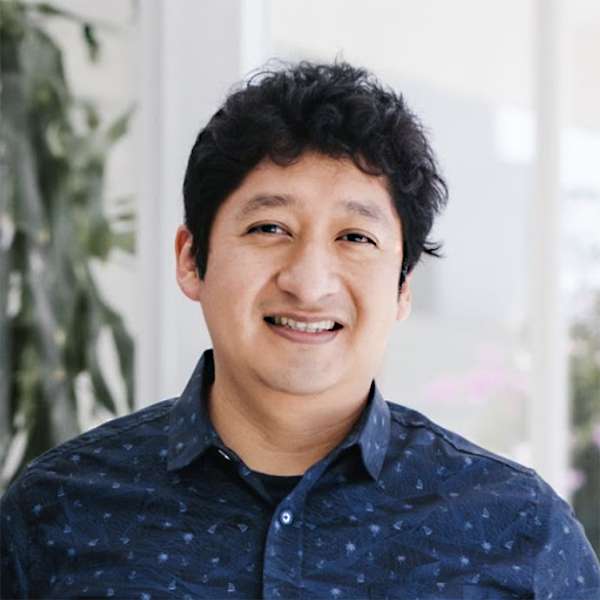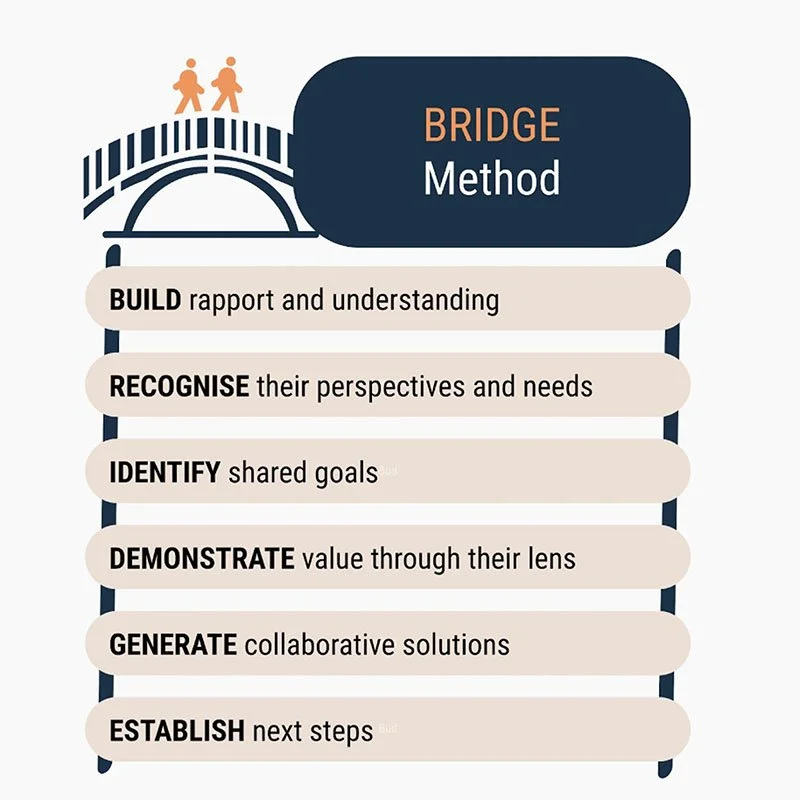Get Leadership Buy-in for Learning: Here’s How We Convinced William, the “We Know It All” Program Manager
Written by: Monalisa Salib and Ashley Dresser, The Convive CollectiveIn our first blog of this series, we introduced you to Luisa, “Learning is a Luxury” Team Leader, who could not justify spending time on learning when her team was already overworked. Through the BRIDGE method, we showed you how you could transform her into Luisa, “Learning helps me Lead with Intention”.
Now, meet William, the “We Know It All” Program Manager. When we previewed this character on LinkedIn, many of you were eager to see how we’d tackle this all-too-familiar figure. You know the type: incredibly competent, but—as the name suggests—humility isn’t his strong suit. He’s generally friendly, but his pushback can feel personal. He may interrupt you mid-sentence and doesn’t see the value in what you bring as a learning professional.
You’re proposing a partnership strategy session to assess whether your organization’s partners are aligned with its new strategy. William, to put it bluntly, isn’t interested:
“Look, I appreciate what you’re trying to do, but my team has been working with these partners for years. We did tell them about the updated strategy, and many have made adjustments. We don’t need a facilitator to tell us whether we are aligned.”
Meanwhile, you’re hearing from your supervisor and even the head of programs that they are worried about misalignment. You sense William is feeling protective of his portfolio and perhaps worried for his team’s job security. You want to help him be proactive, not defensive, and avoid a situation where his team’s work is at risk.
So how do you engage William constructively and shift him from William “we know it all” to William “we could learn a thing or two”?
Try the BRIDGE Method
As with Luisa, we recommend using the BRIDGE Method. It helps you meet William where he is, acknowledge his perspective, and collaboratively determine how to invest the right amount of time, energy, and money in organisational learning for the best possible outcomes.
Here’s how a BRIDGE conversation with William might go:
B - Build rapport and understanding: “I hear you - your team really knows your partners and there is such a trusting relationship there.”
R - Recognise their perspectives and constraints: “And I get it - you’ve told them about the strategy already and expect them to adjust.”
I - Identify shared goals: “We both want partners to be aligned with the updated strategies, especially with resources tightening.”
D - Demonstrate value: “What if these sessions helped surface which partners are still struggling, so we can support them before misalignment becomes a bigger issue and difficult to fix? This wouldn’t be about the facilitator making judgments—they simply create space for a structured, productive conversation. All decisions come from you and your team.”
G - Generate collaborative solutions: “Are there specific partners you’re already concerned about? Maybe we start with those and see if this approach is helpful. Is there anything I can do to make this feel more supportive and less like extra work?”
E - Establish next steps: “Yes, definitely, you and the team can pick the first few partners we focus on. Can you let me know when would be a good time for the team? I can quickly start on a basic facilitation plan to get us going.”
As we said with Luisa, so much of what happens in organisations comes down to having one good conversation at a time. We hope the BRIDGE method helps you make those conversations count—and helps turn skeptical colleagues into learning champions.
Stay tuned for our last instalment:
Tara, the “Tight on Resources” Executive Director
Want more?
📬 Sign up for our newsletter below for updates, resources, and insights.
🎓 Join our Learning in Philanthropy Cohort—where this learning experience was first developed. To get on the waitlist, share your contact info with Ashley Dresser.
🤝 Ready to go further? Contact us to support your journey to becoming a more effective learning philanthropy.



